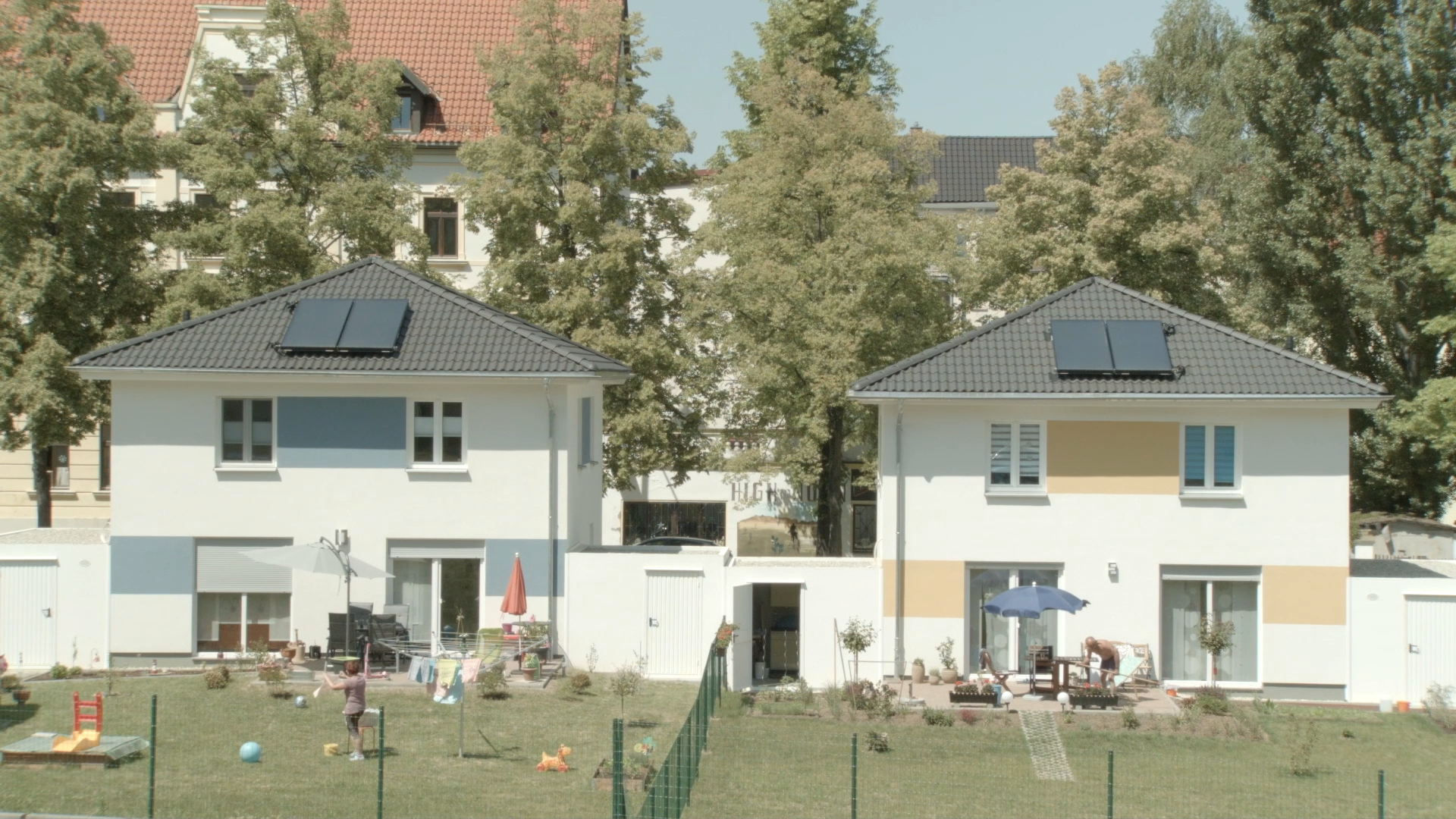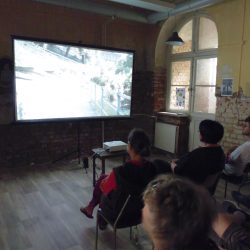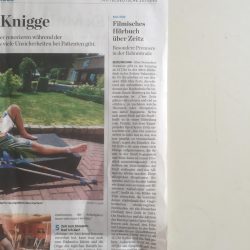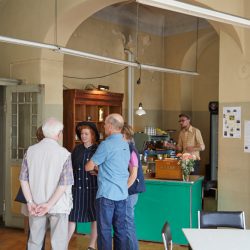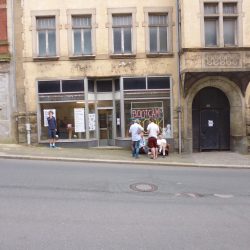Von Moritzpark bis Michaelburg
Description
An audiovisual radio play. Designed to enter a dialogue about structures and the perception of everyday life. The 22-min film of various structures of the city of Zeitz is superimposed by a composition of the "soundscape of everyday life". The film screenings as an intervention to reactivate a vacancy together.What is the Topic?
Baroque to Art Nouveau piles up along the height meters in the inner city of Zeitz. Forty percent of the buildings here are empty. Industrial parks, shopping-centres and single-family housing as well as completely renovated large housing estates in peripheral areas weaken the center. In the course of my many walks through the city, I repeatedly sought dialogue with the residents. Zeitz was described in these conversations with displeasure and frustration: a glorious past, the decay of this past and the prognosis of a pessimistic future. But what are the criteria of these evaluations? How can these perspectives be deconstructed?
Why does it look like this?
The camera rigid. This creates an aesthetic like postcards. The single pictures are about 30seconds. The viewer becomes an observer. The "sounds of everyday life" decoupled from the images were recorded with dummy-head-microphones. This creates a very spatial sound. The performanceplace: A screening room for about ten people, a room for café/cake and an entrance area with a bar facing the street. In the course of the exhibition, the empty library was converted into a shared (temporary) use together with the visitors. The entrance was free and the advertising low-threshold in order to reach as large an audience as possible.
What is special?
The narrative avoids the focus on the otherwise strongly over-stimulated images of decay, as well as on historical remnants of a supposed "high culture". Instead, the work assembles fragments of everyday realities and thus takes on a critique of prevailing discourses about the city of Zeitz. The title "From Moritzpark to Michaelburg" is a play on words from the baroque "Schloss Moritzburg" in Zeitz and the shopping park "Michaelpark" on the outskirts of the city that was built in 2010. Both represent the social fabric of their time. "From Moritzpark to Michaelburg" ran every half hour from 3 pm to 10 pm. After each performance there was the opportunity to capture the reactions of the audience unfiltered and to enter into an exchange together. Afterwards the conversations could be continued in the café and at the bar. Instead of a performance, an artist talk took place at 7 pm.
What is new?
We reached a large and diverse audience. During the day about eighty guests visited the exhibition. Different perceptions between guests from Zeitz, supraregional visitors and the participating artists led to a discussion of the respective perspectives on the city. The audiovisual confrontation with urban narratives of everyday life questions the prevailing ideals of a European city. The constructed image of a growing city, functioning in competition cannot be applied to Zeitz, because Zeitz moves in the discourse of a shrinking city. How can this state be discussed as a potential for participative-design processes rather than as a symbol of decline?

